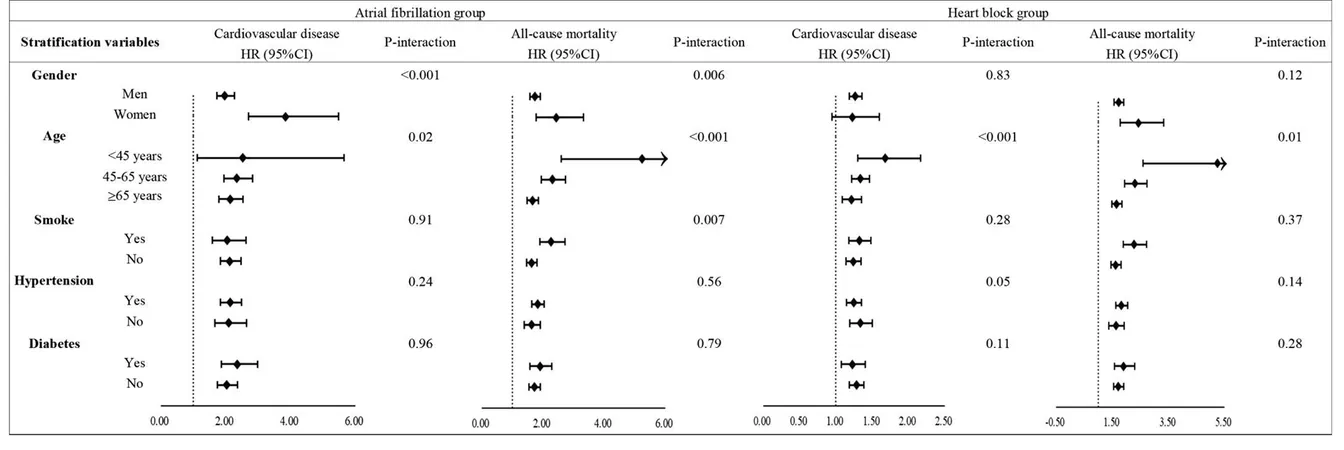
New Insights into the Human Respiratory Syncytial Virus Strains Affecting Children in Jordan
2024-11-26
Author: Nur
Human Respiratory Syncytial Virus (HRSV), now officially recognized as human orthopneumovirus, is a leading cause of respiratory infections in children globally, with estimates of up to 33 million cases annually in children under five years old. This virus is alarming, particularly in developing nations where it results in significant hospitalizations and mortality.
Recent advancements in scientific research have revealed the virus's high antigenic diversity, which means that individuals can experience repeated infections throughout their lives. Until recently, there were few effective antiviral treatments or vaccines available; however, 2023 saw the approval of two groundbreaking vaccines targeting vulnerable populations such as the elderly and pregnant women. In addition, a new prophylactic drug, Nirsevimab, received FDA approval for infants and young children at risk of severe HRSV infections.
In a bid to understand the specific strains of HRSV circulating in Jordan, a study conducted at a leading referral hospital in Amman focused on patients aged 0-70 with symptoms of respiratory tract infections. The research, spanning from October 2022 to February 2023, involved sample collection from 288 patients, and found a noteworthy 12.2% positivity rate for HRSV. This emphasizes the ongoing prevalence of the virus within the community and highlights the need for effective monitoring and treatment strategies.
The study's demographic analysis revealed that the majority of HRSV cases occurred in children under five years old, aligning with global trends as children in this age group are at the highest risk of infection. Symptoms commonly included cough, difficulty breathing, and fever. Alarmingly, 80% of HRSV-positive cases also exhibited coinfections with other respiratory viruses, underlining the complexity and severity of respiratory infections during the epidemic season.
Through advanced molecular techniques, researchers performed genetic characterization of both HRSV-A and HRSV-B strains. The findings indicated that the dominant strain of HRSV-A belonged to the ON1 genotype, first identified in Canada and now prevalent worldwide. This genotype shows remarkable adaptability, with genetic mutations likely contributing to its predominance.
The genetic diversity explored in this study suggests that both the ON1 and BA genotypes of HRSV are effectively evolving, posing new challenges for public health and vaccine development. There's an urgent call for further extensive studies to track these changes in strain prevalence, especially given the rapid evolution observed in key viral proteins linked to infection and immunity.
This study not only reinforces the critical need for vigilance against HRSV in pediatric populations but also promotes the discussion around vaccine development and the potential impact of HRSV on healthcare systems globally. The high incidence of respiratory infections attributable to HRSV in Jordan and worldwide indicates an urgent need for sustained research efforts and implementation of preventive healthcare measures.
Stay tuned for more updates on the progress of vaccines and treatments for HRSV as public health authorities work tirelessly to combat this persistent threat!



 Brasil (PT)
Brasil (PT)
 Canada (EN)
Canada (EN)
 Chile (ES)
Chile (ES)
 España (ES)
España (ES)
 France (FR)
France (FR)
 Hong Kong (EN)
Hong Kong (EN)
 Italia (IT)
Italia (IT)
 日本 (JA)
日本 (JA)
 Magyarország (HU)
Magyarország (HU)
 Norge (NO)
Norge (NO)
 Polska (PL)
Polska (PL)
 Schweiz (DE)
Schweiz (DE)
 Singapore (EN)
Singapore (EN)
 Sverige (SV)
Sverige (SV)
 Suomi (FI)
Suomi (FI)
 Türkiye (TR)
Türkiye (TR)